Name Francis Grasso | Role Musical Artist | |
 | ||
Similar People Nicky Siano, Richie Kaczor, Larry Levan, Walter Gibbons, Martin Block | ||
Legends of vinyl the sanctuary 1971 dj francis grasso by dj luis mario wmv
Francis Grasso (March 25, 1949 - March 20, 2001)) was an American soul music disc jockey from New York City, best known for inventing the technique of beatmatching (sometimes referred to as mixing or blending) which is the foundation of the modern club DJ's technique.
Contents
- Legends of vinyl the sanctuary 1971 dj francis grasso by dj luis mario wmv
- Dj francis grasso live the sanctuary 1971
- Musical stylings
- References
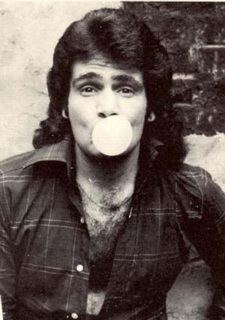
Grasso, who attended Brooklyn Technical High School and Long Island University, started his DJ career in 1968 at a New York nightclub called Salvation II. When the primary DJ Terry Noel failed to show up on time one night, the owners offered Grasso a chance at the job. The crowd responded almost immediately and soon he had his first regular gig. It was there and at subsequent New York clubs such as Tarots and his most famous nightclub, Sanctuary — a former German Baptist church at 43rd Street & 9th Avenue (featured in the movie Klute) — where Grasso perfected his craft.
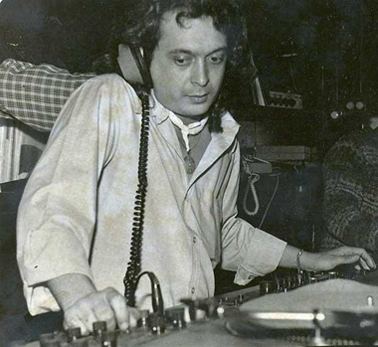
Grasso was the first DJ outside of the radio broadcasting business to require headphones as part of his setup. This allowed him to preview a record on one turntable while another played on the second turntable. By using headphones in combination with slip-cueing, he changed the art of DJing. The records that Grasso was mixing used live drummers and not beat machines. It took skill and a good ear to mix these records for more than a few seconds which Grasso perfected to longer and longer sequences.
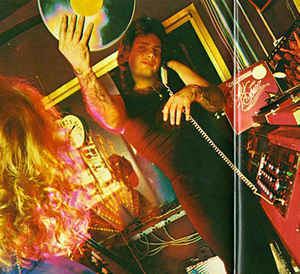
The most impressive addition Grasso brought to DJ culture was music programming; the art of picking up on the energy of the crowd and sending that energy right back to them through the next track. Early on, Grasso used Thorens turntables although they were a far cry from the Technics turntables most DJs use in clubs today. Soon he taught others and Grasso spread the art of mixing by maintaining a constant beat and working the crowd with the music throughout New York.
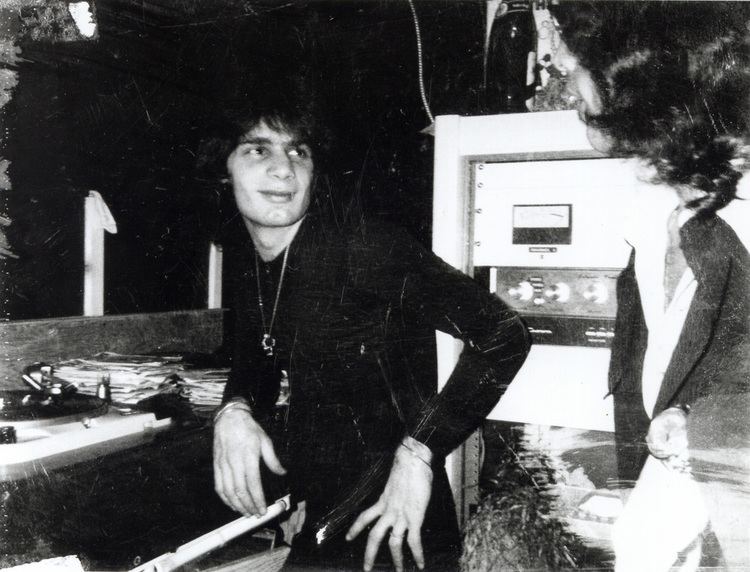
Though he died in March 2001, the skills and techniques he pioneered remain the foundation of what is heard in a modern nightclub. Francis was interviewed in Josell Ramos' 2003 feature-length documentary Maestro.

Dj francis grasso live the sanctuary 1971
Musical stylings
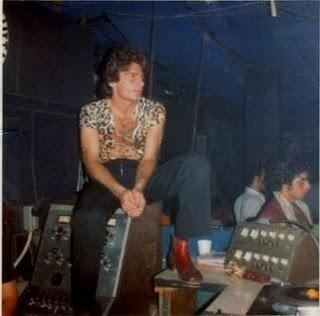
DJ Francis completely changed the game of Disco music. Before him, DJ’s submitted to what the patrons wanted, supplying recognizable music that would appeal to the crowd. Occasionally, DJ’s would add a different spin on top of these popular charts. DJ Francis wasn’t interested in what the customers wanted, and instead provided a new, exotic array of songs, which the crowd would not have thought to ask for. He offered a full, creative performance with a narrative. He demonstrated to the DJ’s of later generations that the power belonged to them to create environmental moods, and that there were techniques for creating different atmospheres, and thus manipulating dancers.
His musical choices were also quite different from his predecessors. He played on the funkier side of rock music, using The Rolling Stones or Led Zeppelin on top of heavy black rhythms such as Dyke & The Blazers or Kool & The Gang. He introduced drum-heavy African sounds, and used Latin beats to entice people to dance, as well as James Brown and Motown (including The Four Tops, The Supremes, and the Temptations).
